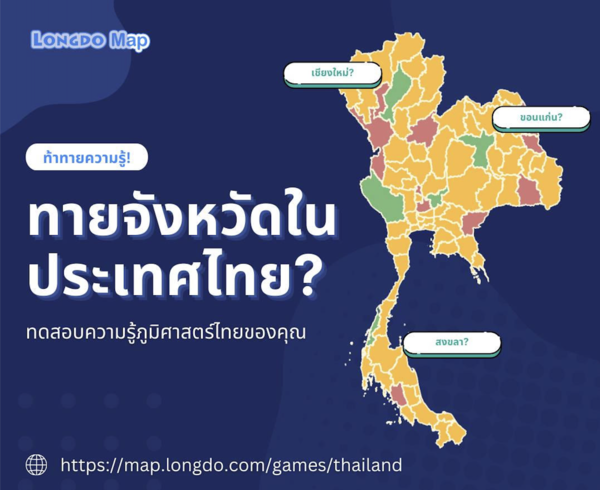[ Gr. &unr_; a myriad. See Myriad. ] A prefix, esp. in the metric system, indicating ten thousand, ten thousand times;
a. [ Gr. &unr_; numberless +
n. [ Gr. &unr_;, &unr_;, fr. &unr_; numberless, pl. &unr_; ten thousand: cf. F. myriade. ]
a. Consisting of a very great, but indefinite, number;
n. [ Cf. F. myriapode. ] (Zool.) One of the
‖n. pl. [ NL., fr. Gr. &unr_; numberless + -poda. ] (Zool.) A class, or subclass, of arthropods, related to the hexapod insects, from which they differ in having the body made up of numerous similar segments, nearly all of which bear true jointed legs. They have one pair of antennae, three pairs of mouth organs, and numerous tracheae, similar to those of true insects. The larvae, when first hatched, often have but three pairs of legs. See Centiped, Galleyworm, Milliped. [ 1913 Webster ]
☞ The existing Myriapoda are divided into three orders:
n. [ Gr. &unr_;, &unr_;; &unr_; ten thousand + &unr_; chief. ] A captain or commander of ten thousand men. [ 1913 Webster ]





